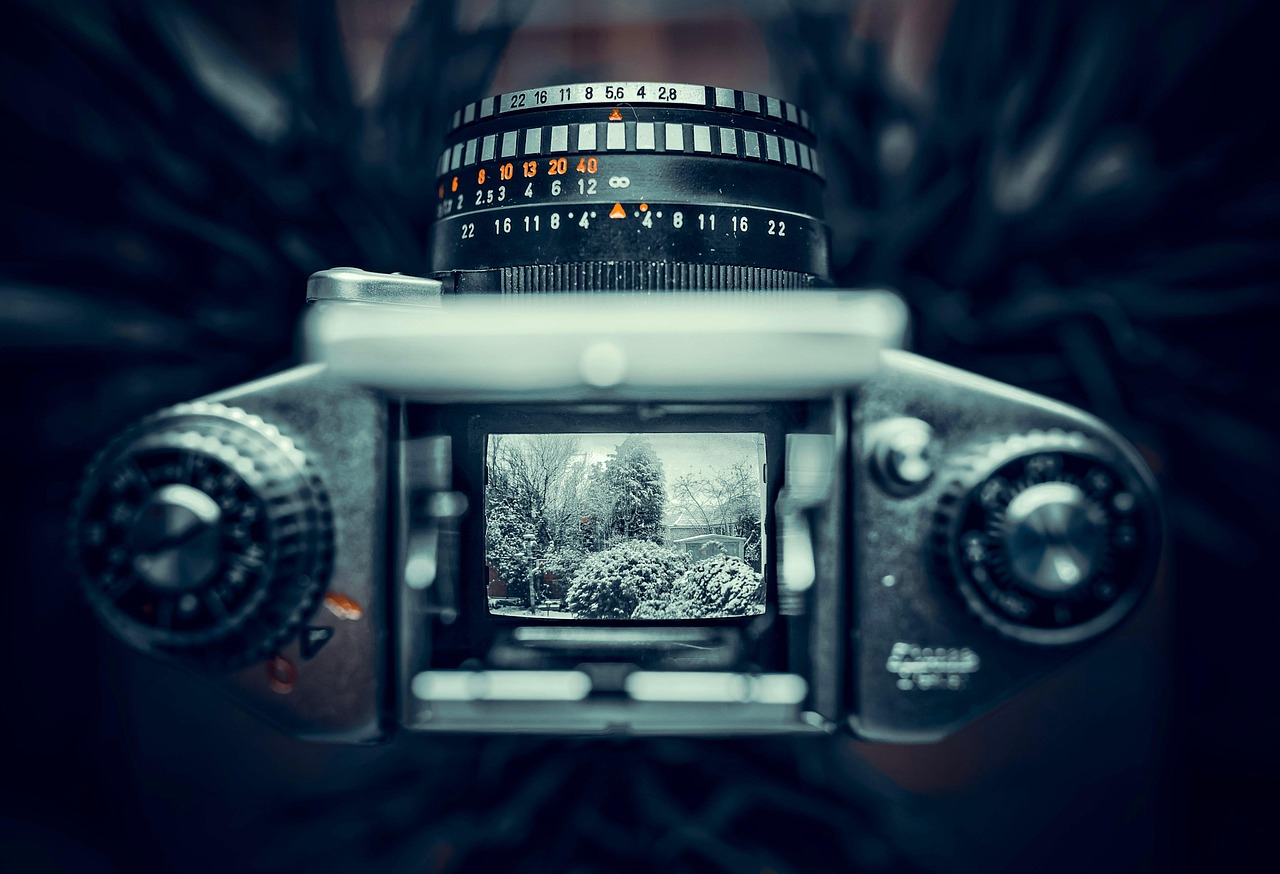- You are here:
-
Home

-
Technology

- How to get high-contrast photos with professional slide film
Before you start experimenting with contrast, make sure your lab can develop E-6 film correctly. It’s a tighter, more exacting process than developing standard color negatives. Understanding this crucial step sets the foundation for exploring further techniques to enhance your images and bring out the richness that slide film is known for. And in this article, you’ll discover how to make it happen.
Why high-contrast photos are striking and desirable
Contrast naturally pulls the eye, guiding attention to what matters most in the frame. When light and dark elements are clearly separated, your subject appears to lift away from the background, giving the photo a sense of presence and impact. In slide film, contrast shapes both brightness and color, allowing vibrant tones to stay vivid while shadows deepen in a clean, controlled way that avoids muddiness.
This clarity is part of what makes a well-exposed E-6 image feel so distinctive. Scenes with strong lighting or bold compositions often gain an extra dimension when you lean into contrast. High-contrast photos bring energy and definition that make them ideal for crisp editorial styles or landscapes that need more visual punch.
Tips to achieve high contrast with slide film photos
Achieving a strong contrast with slide film takes more than just good light. Careful exposure choices, thoughtful slide film processing, and a few creative techniques can help you get vivid, striking results every time. Below, you’ll find practical tips to guide your process.
Choose the right film stock
Not all slide films are built the same. Some have more natural contrast baked in than others. Here are three options worth considering:
- Fuji Velvia 50. Famous for deep saturation and strong contrast, especially in landscapes.
- Kodak Ektachrome E100. Offers moderate contrast and natural tones, making it great for portraits or balanced scenes.
- Fuji Provia 100F. Falls between the two, with clean color rendering but softer contrast overall.
If contrast is your top priority, Velvia is often the go-to choice. Just keep in mind it can blow out highlights easily, so precise exposure control is essential.
Increase contrast with exposure techniques
With E-6 film developing, exposure latitude is tight. What you shoot is what you get, so your exposure choices directly shape the final contrast. To create punchier images, try slightly underexposing by about 1/3 to 2/3 stop. This approach deepens shadows and increases overall contrast while also enhancing color saturation.
When shooting in bright scenes, it’s wise to meter for the highlights to protect your whites, since any lost detail in the highlights can’t be recovered later. Using a spot meter or your camera’s highlight-weighted metering mode, if available, helps ensure precision. Just be careful not to underexpose too much, or you risk permanently losing important shadow detail.
Use filters to affect light and shadows
Filters aren’t just for black and white photography. With slide film, they shape color temperature and contrast in subtle but effective ways. These filters can help you control contrast and color:
- Polarizing filters. Cut glare and deepen skies, increasing separation between clouds and blue backgrounds.
- Graduated ND filters. Balance exposure between bright skies and darker foregrounds, keeping highlights under control.
- Color correction filters. Fine-tune warmth or coolness, which can shift the mood and perceived contrast of your image.
In harsh midday sun or highly reflective environments, the right filter can turn a washed-out frame into a high-impact shot.
Understand how lighting creates natural contrast
Good light creates built-in contrast, while poor light tends to flatten it out, no matter what film you’re using. When you want punchy images with E-6 film development, look for hard, directional light such as late afternoon sun, which casts deep shadows and bright highlights. Backlight or sidelight also helps build shape and depth across your scene.
If impact is your goal, avoid flat, overcast conditions that soften edges and mute tones. For portraits, window light without fill creates rich shadow gradients that give faces more dimension. For landscapes, aim for low-angle sunlight or even harsh midday light when your subject can handle the intensity.
Consider push processing to boost contrast
Altering slide film during development can add contrast, though the results are often subtle and come with trade-offs. For example, rating ISO 100 film at 200 (a one-stop push) typically produces a slight increase in contrast and saturation, along with a bit more visible grain. Pushing by two stops leads to more pronounced contrast, stronger grain, and possible color shifts.
This adjustment must happen during the film’s initial processing, not afterward, so be sure your lab offers this option when you develop E-6 film. Professional E-6 film processing services can handle push processing with the precision it requires. This technique works well in low-light scenes that benefit from extra drama or when your lighting lacks natural punch.
Experiment with cross-processing as a creative technique
For bold contrast and wild color shifts, cross-processing slide film in C-41 chemistry completely transforms its look. You can expect increased contrast with deeper shadows, along with surprising color shifts, where greens may turn red, and blues might take on a yellow cast. This technique also produces heavier grain and a level of unpredictability that depends on your chosen film stock.
While cross-processing isn’t suited to every project, it can be a powerful way to create a raw, chaotic, high-contrast aesthetic. If you’re feeling adventurous, try it with expired E-6 film to push the experimental results even further.
Try these techniques for high-contrast slide film photos
E-6 film rewards careful technique and a willingness to experiment. By choosing the right film stock, controlling exposure, using filters, and exploring creative approaches like push or cross-processing, you can create images with striking contrast and unforgettable color. Each roll offers a chance to refine your process and discover new ways to develop slide film into photographs that stand out.





